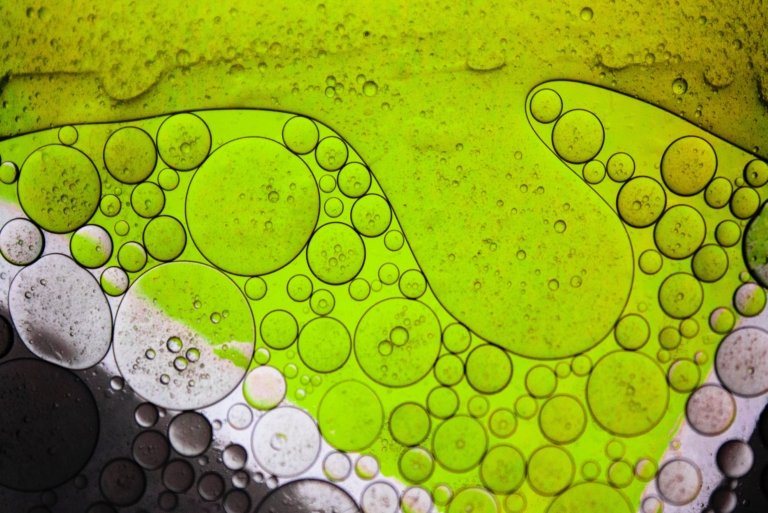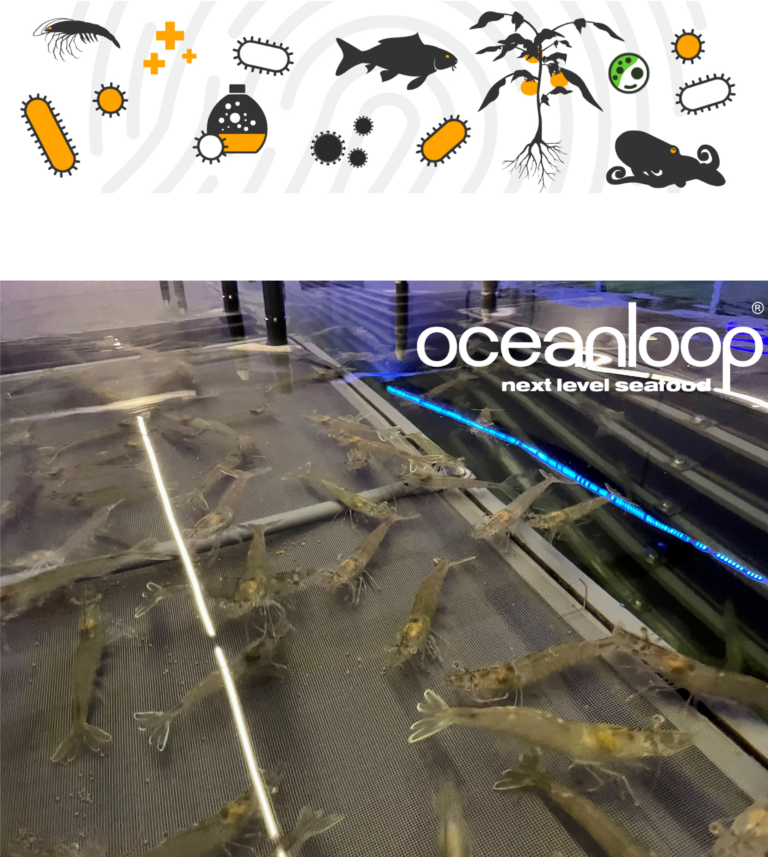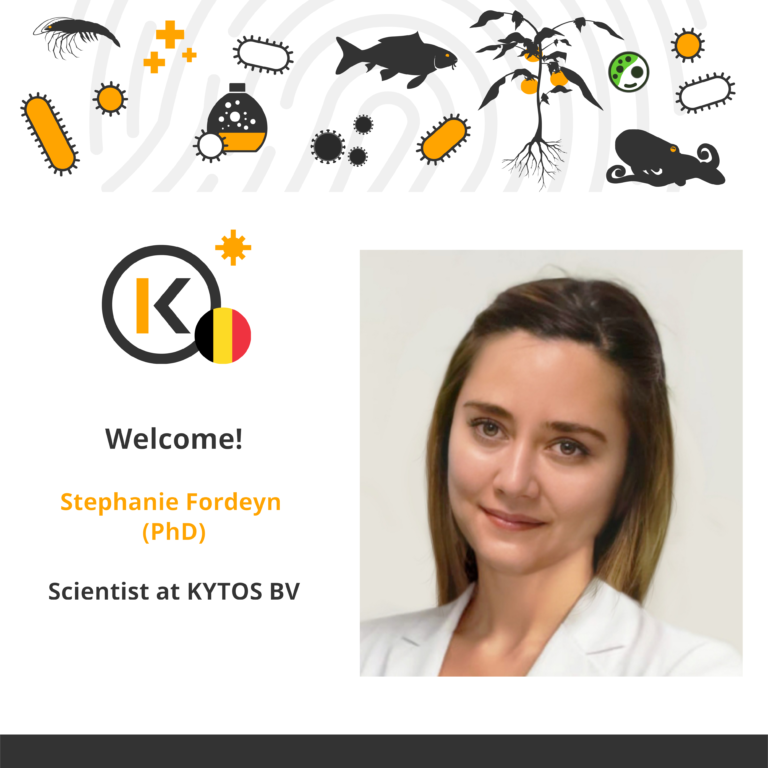Unlocking Microalgae Management in Shrimp Aquaculture
An Important Feed Source for the Aquaculture Industry Microalgae are at the basis of all aquatic food chains, including those of the aquaculture industry. They are used as a feed product in many farming systems, including several growth stages of crustaceans, bivalve mollusks and fish species. They also provide an indirect feed source by serving…





